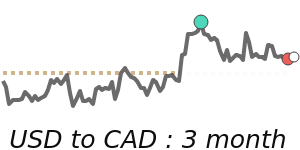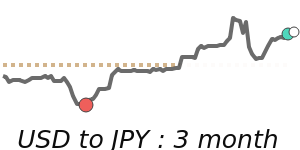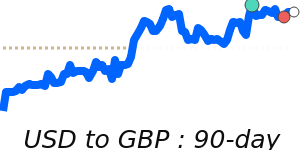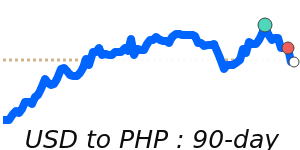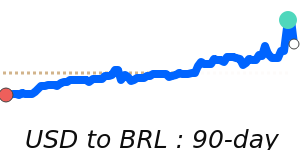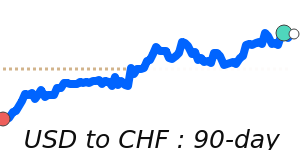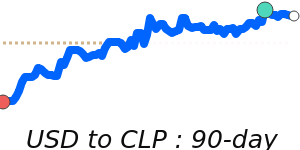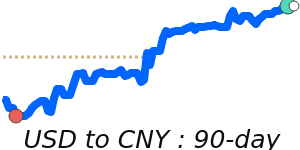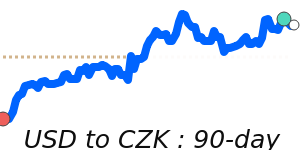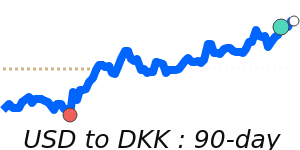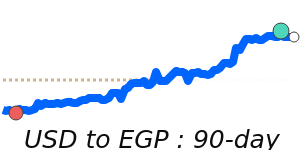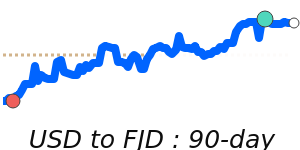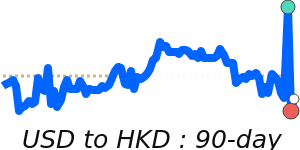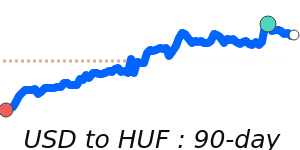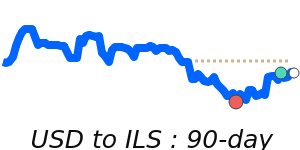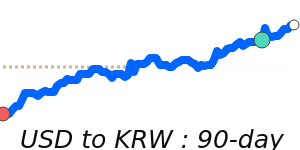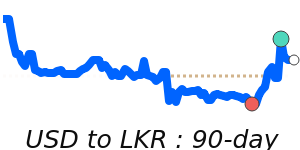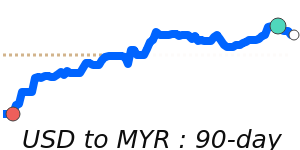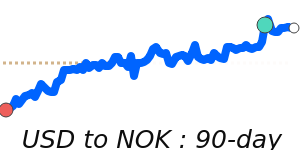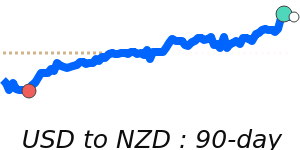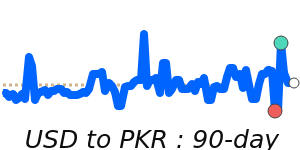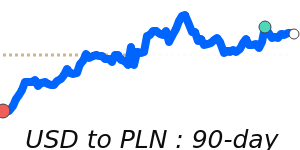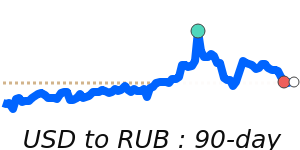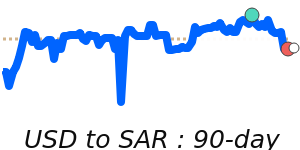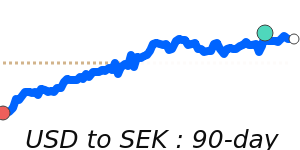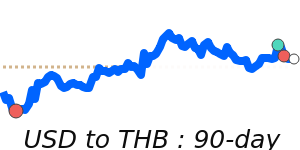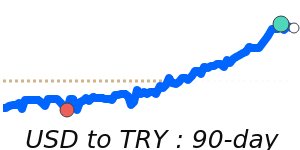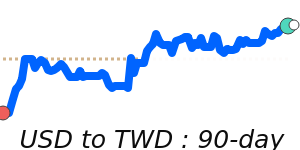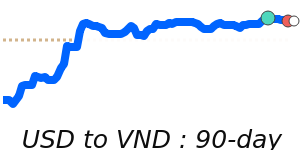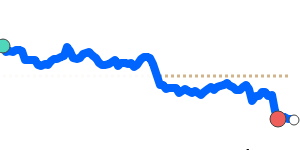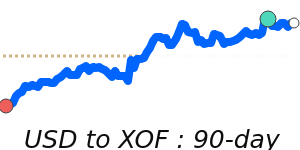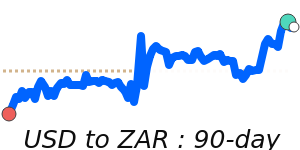The US dollar (USD) is currently facing downward pressure amid a prevailing risk-on sentiment in the markets. The currency has recently been trading near monthly lows, as optimistic investors shift towards higher-yielding assets. A notable consumer sentiment report provided some support, yet the broader trend remains bearish for the dollar.
Markets are now pricing in aggressive rate cuts by the Federal Reserve as early as mid-2026. This dovish outlook has led to a weakening in the USD, as lower interest rates decrease its yield advantage compared to other currencies. Mixed economic data complicates the picture; while growth appears to be slowing—illustrated by weaker manufacturing PMIs and a deceleration in consumer spending—the labour market remains robust, which may temper aggressive Fed cuts.
The US Dollar Index (DXY) has seen a pullback from recent highs, reflecting a shift from inflation-fighting expectations to a full easing cycle. This, combined with stabilizing equity markets and reduced geopolitical tensions, has further diluted the dollar's safe-haven appeal. The DXY has been range-bound recently, and analysts suggest it is likely to remain so until new signals emerge from the Federal Reserve.
Key exchange rates reflect this sentiment. The USD to EUR exchange rate currently stands at 0.8590, which aligns closely with its three-month average, featuring a stable range of 0.8426 to 0.8711. The USD to GBP rate at 0.7503 is also near its three-month average, trading within a range of 0.7328 to 0.7681. Conversely, the USD to JPY rate at 155.8 shows a notable movement, being 2.4% above its three-month average of 152.2, and trading within a range of 146.5 to 157.6.
Oil prices have also played a part in the currency landscape, with recent data indicating that oil (OIL to USD) is trading at 62.53, about 3.2% below its three-month average of 64.62. The volatility in oil prices can significantly affect the euro, and continued fluctuations may influence dollar dynamics as well.
Looking ahead, market participants should monitor upcoming CPI and PCE prints for potential impacts on inflation expectations, as well as Federal Reserve communications for hints on future monetary policy. Overall, if the current risk-on environment persists, upside potential for the USD appears limited.
